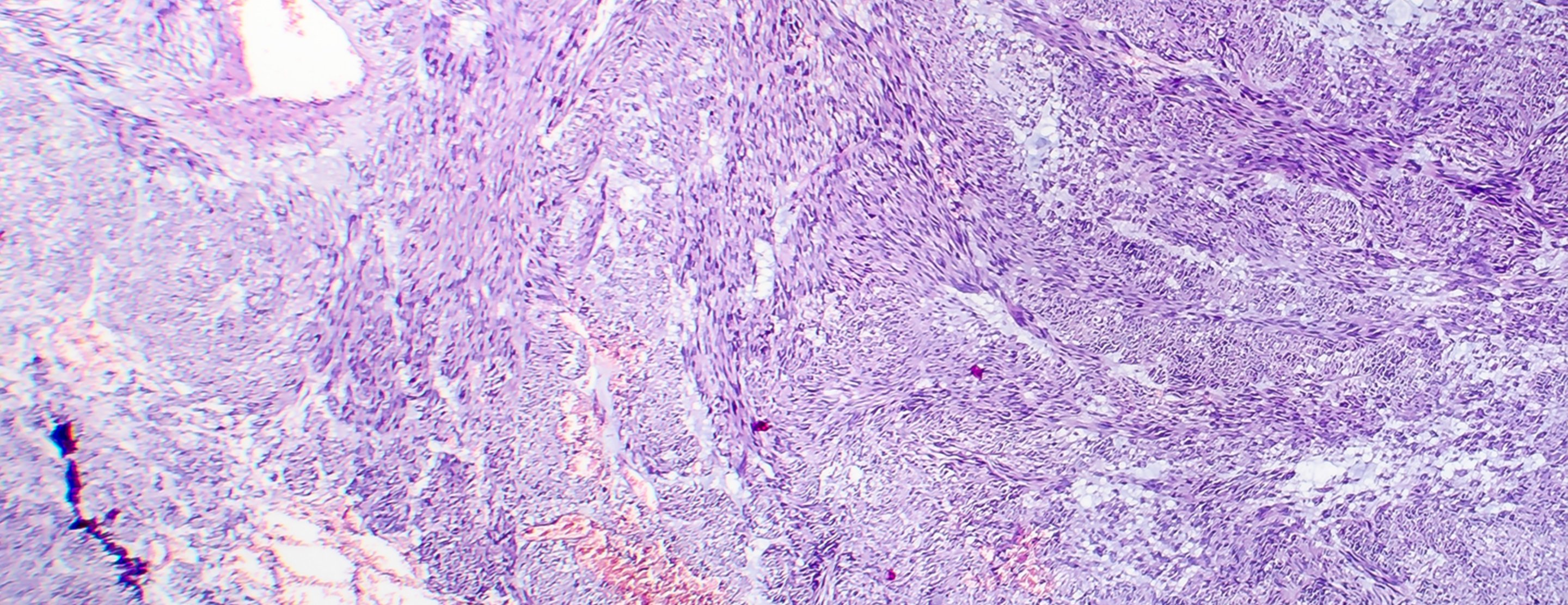
FAQ: Fibroids
- What are fibroids?
- What are the different types of fibroids?
- What causes fibroids?
- Who is affected by fibroids?
- What happens to fibroids over time?
- When is fibroid treatment necessary?
- What happens next?
What are fibroids?
Fibroids are round muscle growths that develop within a woman's uterus, also known as the womb, which is a pear-shaped organ located between the bladder and rectum.
Fibroids are almost always benign, meaning that they are non-cancerous. Fibroids vary in size, ranging from as small as a pea to as large as a melon. They are also called leiomyomas or myomas.
What are the different types of fibroids?
Fibroids can grow in different parts of the uterus the pear-shaped organ located between the bladder and rectum. The uterine walls are composed of muscle, allowing it to expand enormously during pregnancy. Within the uterus is a central cavity in which the fetus develops.
The endometrium is the inner lining of the uterine cavity. A menstrual period results from the shedding of the endometrium. Fibroids located beneath this lining can cause very heavy bleeding.
The ovaries, which produce the female hormones estrogen and progesterone, are tethered to the upper part of the uterus, close to the ends of the fallopian tubes. The fallopian tubes, where fertilization of the eggs occurs, are located at each side of the uterus.
The cervix is the lowest part of the uterus. It has a narrow canal through which menstrual blood passes. The main function of the cervix is to hold the uterus closed during pregnancy.
Pedunculated fibroids are attached to the uterine wall by stalks. Subserosal fibroids extend outward from the uterine wall. Submucosal fibroids expand from the uterine wall into the uterine cavity. Intramural fibroids develop within the uterine wall. These different types of fibroids cause different symptoms. For example, submucosal fibroids typically cause heavy periods. In contrast, subserosal fibroids are more likely to push against the bladder, resulting 3in frequent urination.
What causes fibroids?
Doctors and medical researchers do not know what causes fibroids to develop. However, evidence suggests that the female hormones, estrogen and progesterone, can make fibroids grow. During pregnancy, when the hormone levels are high, fibroids tend to increase in size. After menopause, when the hormone levels are low, fibroids stop growing and may become smaller.
Who is affected by fibroids?
Fibroids are very common. It is estimated that 20-50 percent of all women have these benign uterine growths. Fibroids are most likely to affect women in their 30s and 40s. For reasons we don't yet understand, fibroids occur more frequently in African-American women. Many women with fibroids have other family members with fibroids too.
What happens to fibroids over time?
Some fibroids grow steadily during the reproductive years, while others stay the same size for many years. All fibroids should stop growing after menopause. Women with fibroids that enlarge after menopause should seek evaluation from their doctor.
When is fibroid treatment necessary?
Most fibroids, even large ones, do not produce symptoms. Unless a woman is experiencing symptoms, she usually doesn't need to undergo a fibroid treatment. However, when fibroids cause symptoms, a woman should seek medical attention.
What happens next?
No two women with fibroids are alike. The type of treatment will depend on the severity of the symptoms and the fibroid size, number and location. A woman's preference and desire for future childbearing is also considered. There are many effective ways to treat fibroids. However, not all treatments are recommended for all women. For example, some fibroid treatments may not be proven safe for women desiring future childbearing.
UCSF Health medical specialists have reviewed this information. It is for educational purposes only and is not intended to replace the advice of your doctor or other health care provider. We encourage you to discuss any questions or concerns you may have with your provider.






